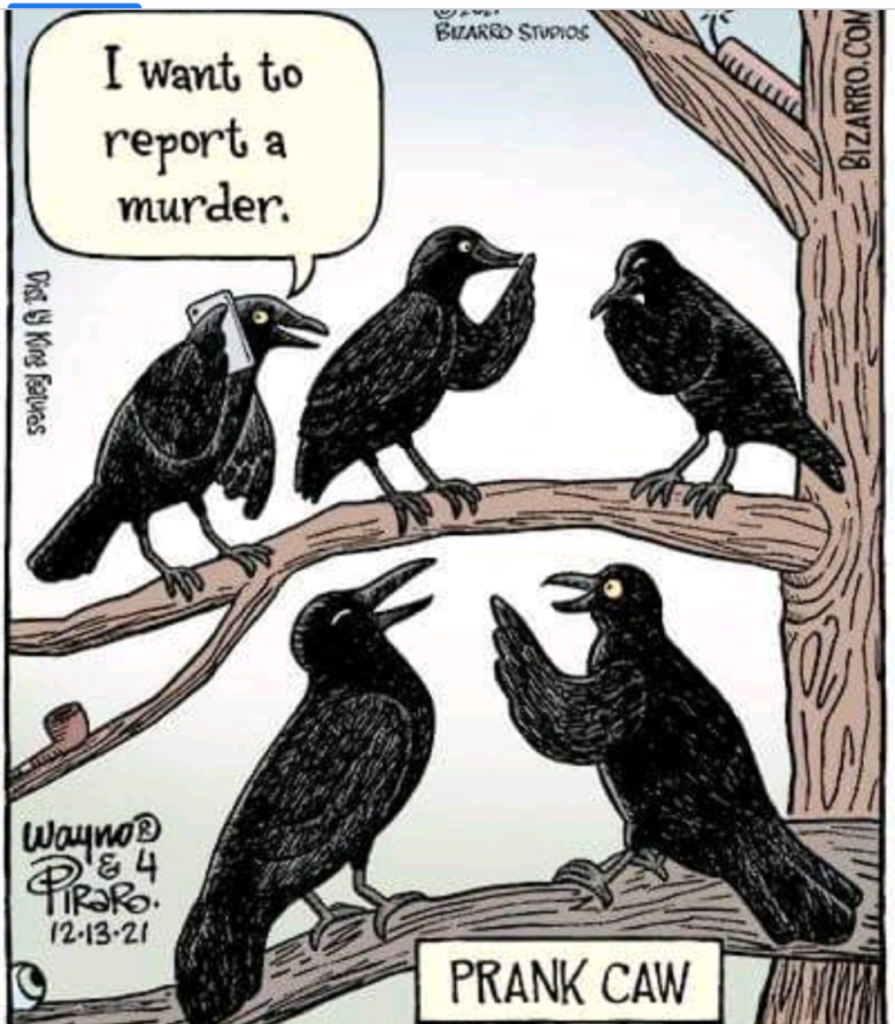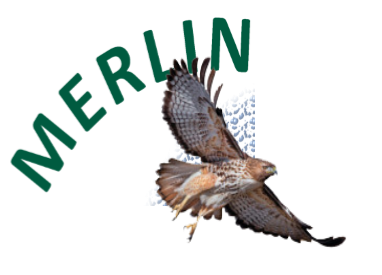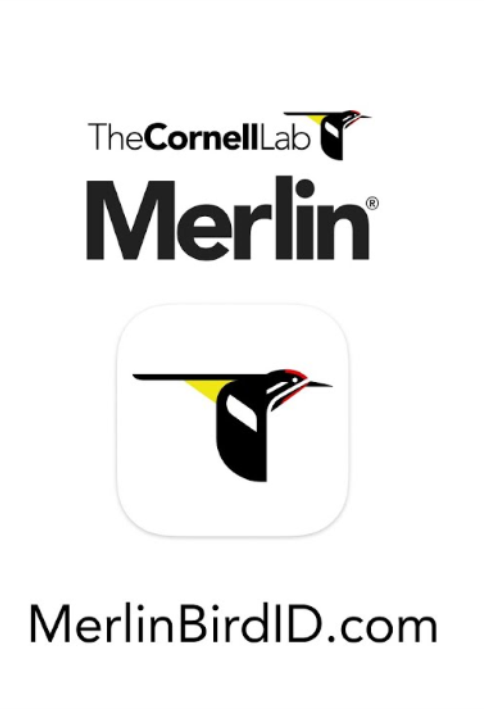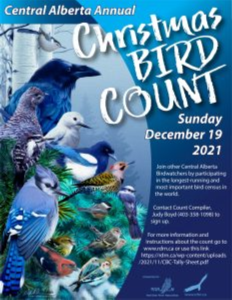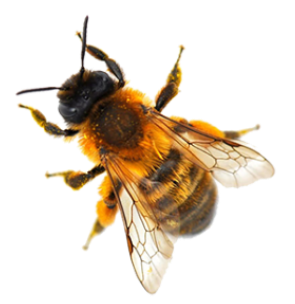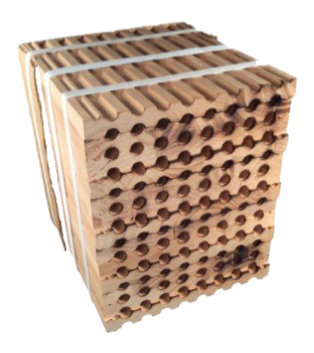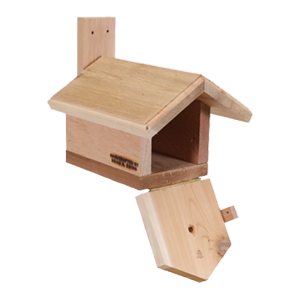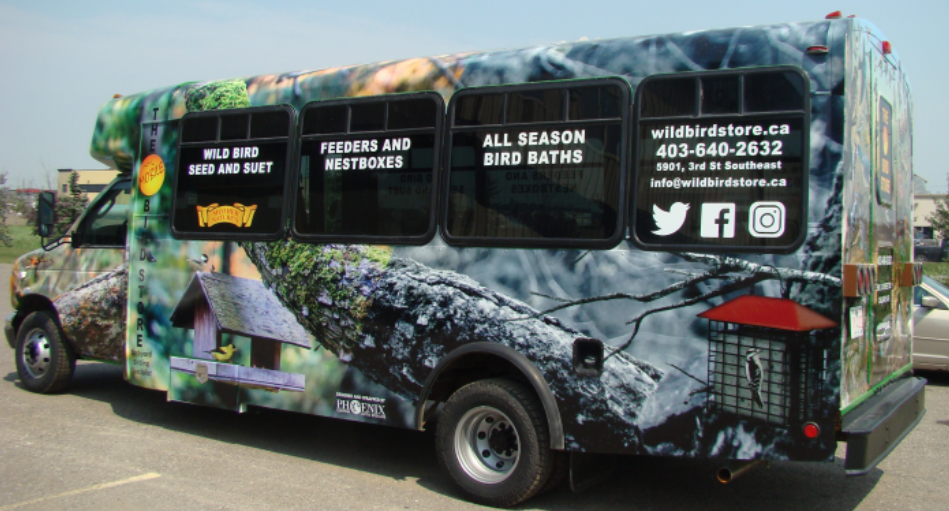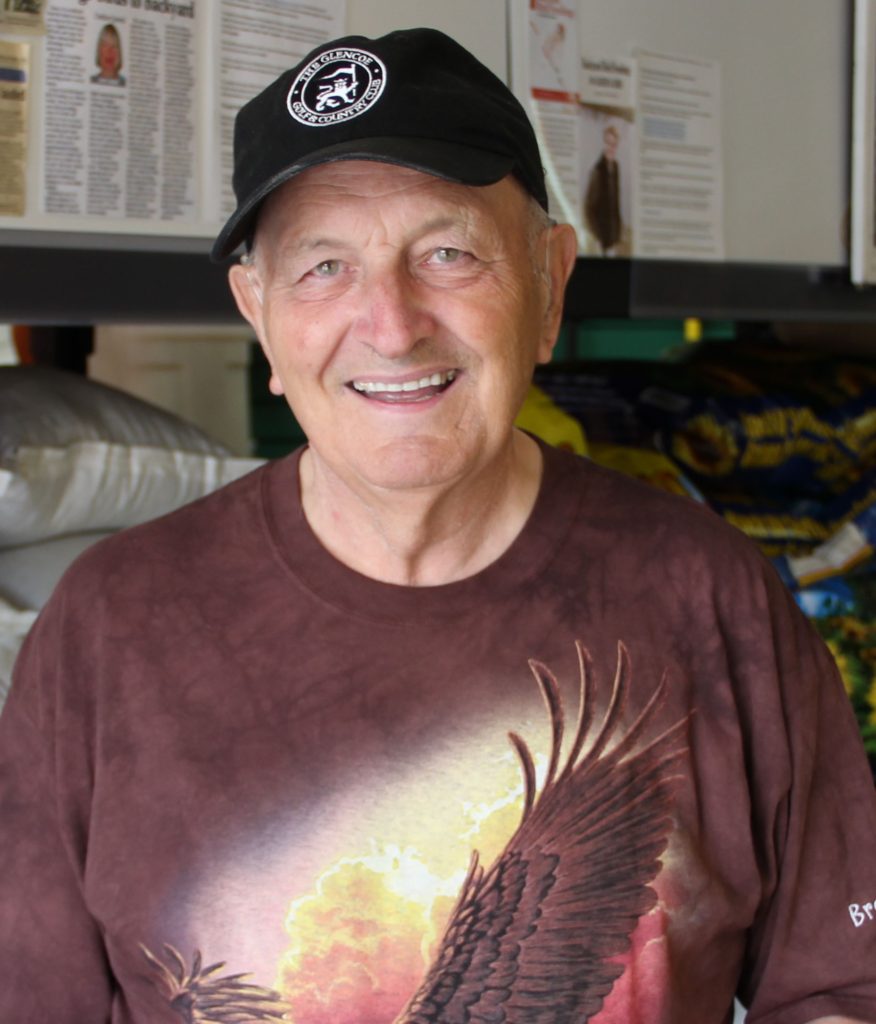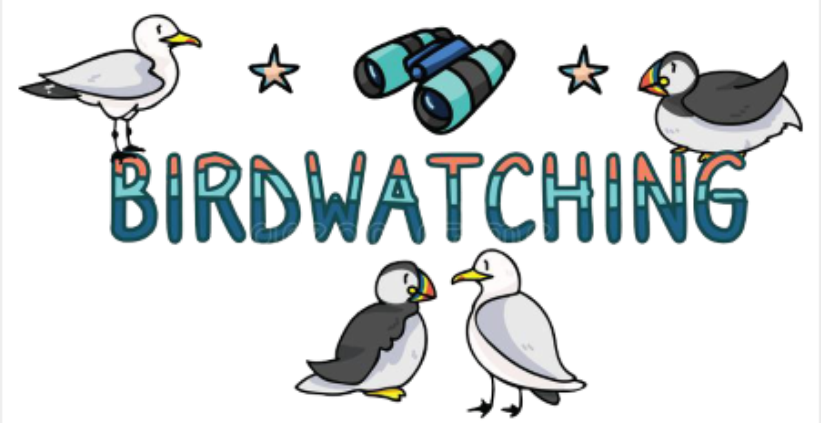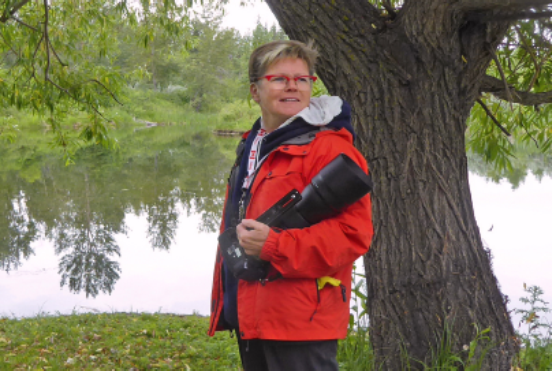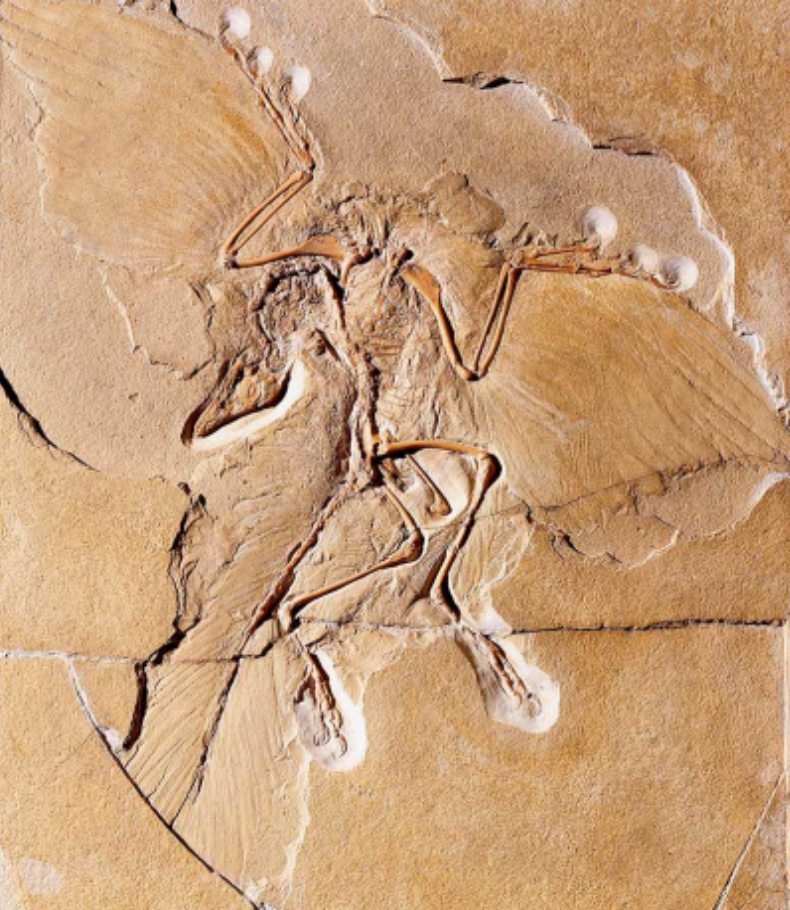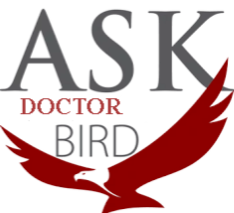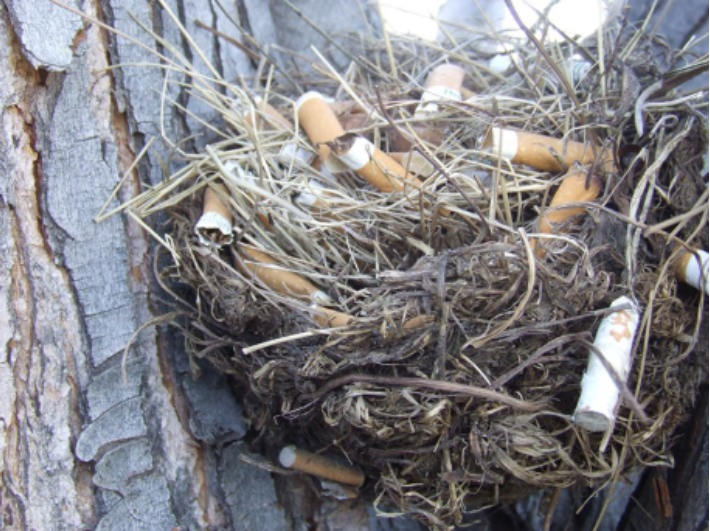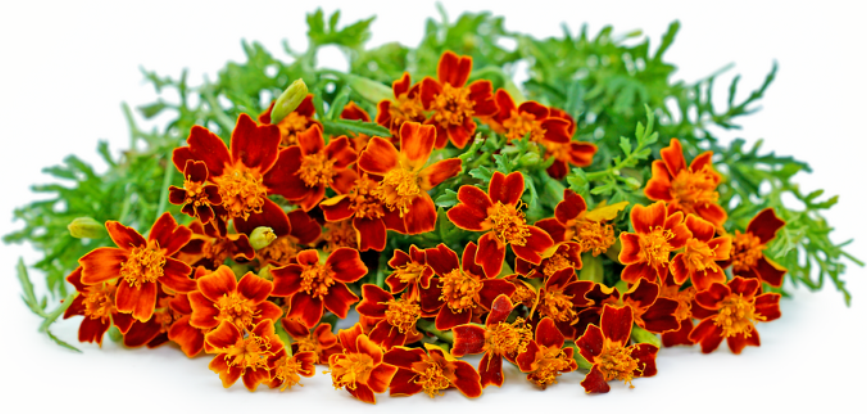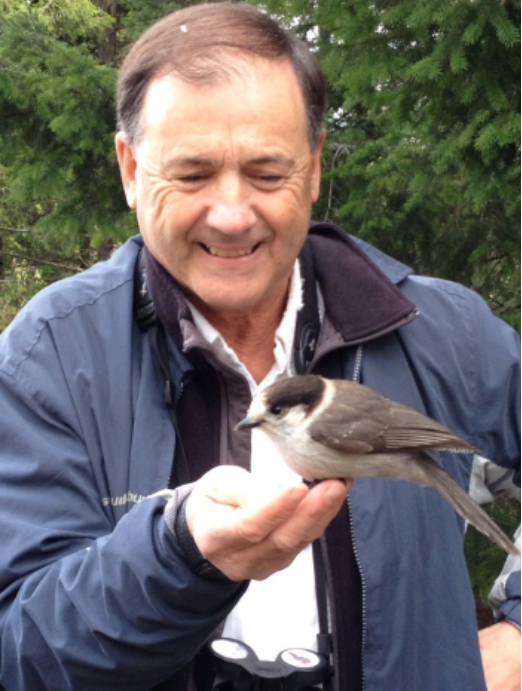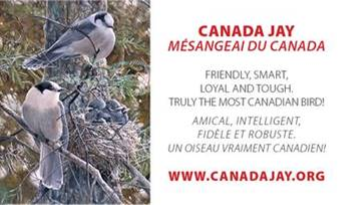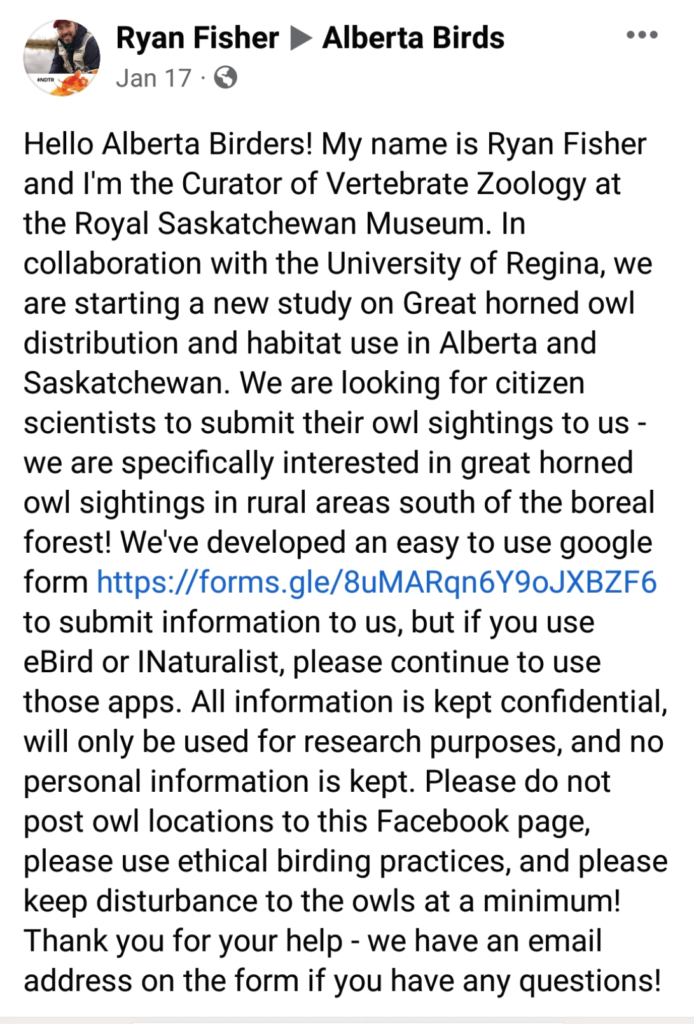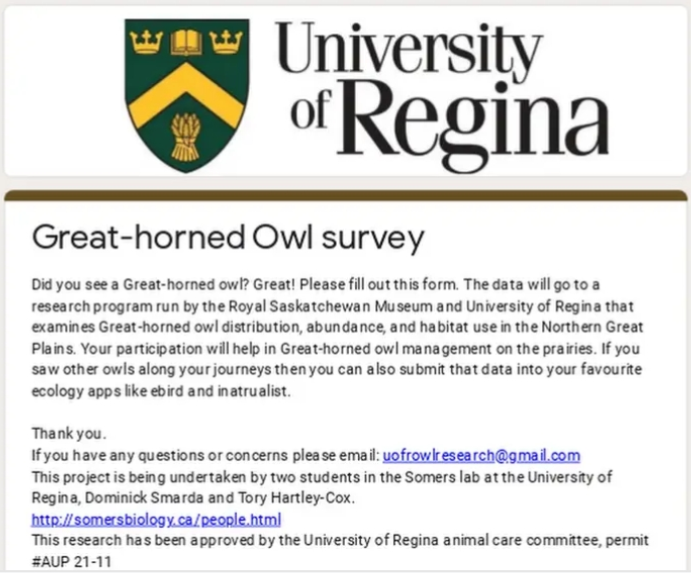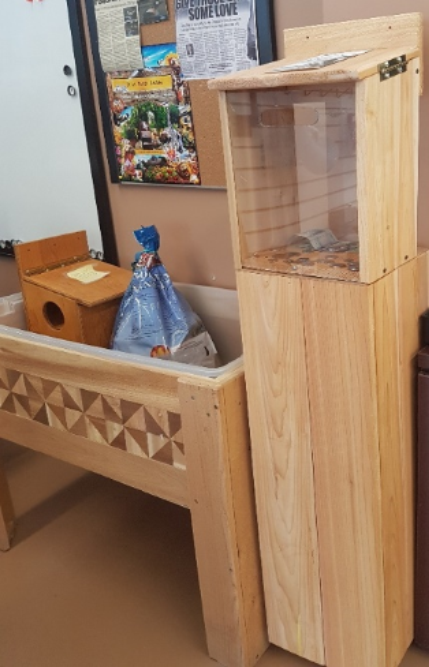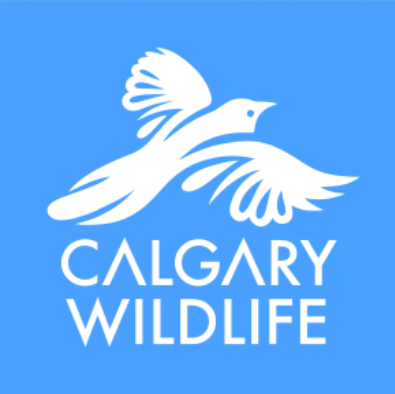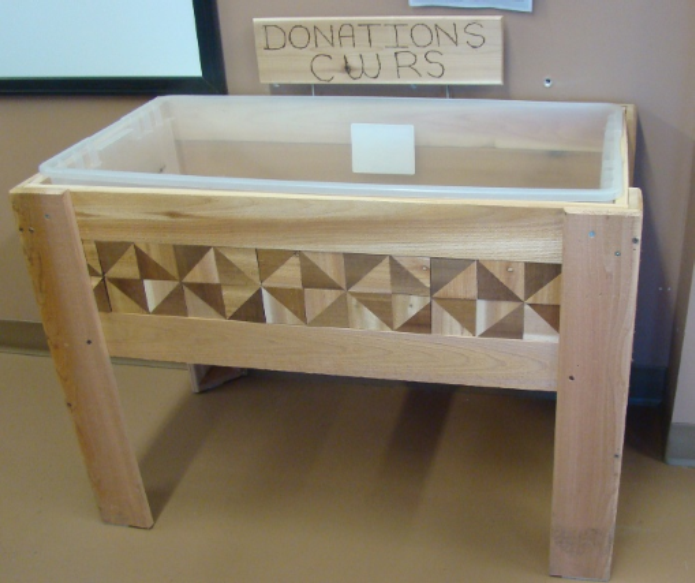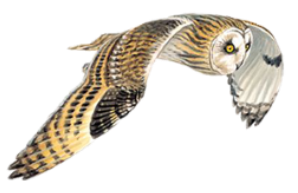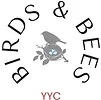LINK TO PDF NEWSLETTER DOWNLOAD

No curbside, no phone calls, no rainchecks
Re-cycle discount still applies
VALID ONLY WHILE SUPPLIES LAST
Merlins are falcons, not hawks. Merlins were once known as the “Pigeon hawk” in North America because they resemble a Pigeon in flight.
Breeding Merlin pairs will frequently hunt cooperatively, with one bird flushing the prey toward its mate. Merlins will readily take prey that is flushed by other causes, and can, for example, be seen tagging along after Sharp-shinned hawks to catch birds that escape the Sharp-shin’s attack and fly into the open air.
Smaller birds will generally avoid a hunting Merlin if possible. Even in the Cayman Islands (where it only occurs in winter), Bananaquits were noted to die of an apparent heart attack or stroke, without being physically harmed, when a Merlin went at them and they could not escape.
Unlike the Peregrine falcon, they don’t usually dive or “stoop” on their prey. Instead, they power up in horizontal flight, plowing into a murmuration of Starlings, clouds of Sandpipers, and strong-flying Pigeon flocks at speeds topping 30 miles per hour. They will also nab bats leaving their roost caves and prey on large insects including dragonflies.
· The female Merlin is considerably larger than the male. Such sexual dimorphism is common among raptors; it allows males and females to hunt different prey animals and decreases the territory size needed to feed a mated pair
· Merlins were used in falconry during the Medieval European era. This practice was carried out by the ladies of the court, who would let this raptor subspecies fly and catch birds like Sparrows and Skylarks
· A young Merlin baby chick is referred to as an eyas
· A group of Merlins has many collective nouns, including “brace”, “leash:, and “illusion” of Merlins
It is illegal to hunt raptors in North America. Some species, including the Cooper’s hawk, have increased substantially and are now familiar in suburbs. The Merlin is a similar case. Partners in Flight (PIF) estimates that the species’ population in the U.S. and Canada more than tripled between 1970 and 2014.
Like other raptors, though, Merlins continue to face human-caused threats, including toxics that harm their prey and the birds themselves. Reflective glass also takes a toll on these fast-flying birds.
Have you checked out the Merlin app? Would you like a demonstration on how they will help you to identify birds? Stop by The Wild Bird Store during regular business hours and staff will be happy to show you how the app will enable you to identify birds in various ways.
Identify Bird Songs and Calls
Identify Birds by your Photos
Save Birds to Your Life List
Explore lists of birds near your location
The 2021 count was held on Sunday, December 19th. The temperature ranged from about 13 C to –10C, with some light snow and winds of 10 to 20kph. So the conditions were pretty good.
There was good participation this year, with 136 people out in the field (pretty much as many as we could manage with Covid protocols and the number of leaders we had) and 177 Feeder Watchers counting in their yards at 125 addresses.
The final total on count day was 73 species, plus another four species seen during Count Week (December 16-22) but missed on Count Day. The total number of individual birds recorded was 71,468.
Field Observers
70 Species
65,640 birds
Feeder Watchers
36 Species
5828 birds
The four Count Week birds were Varied thrush (a continuing backyard bird that failed to show on Count Day), a Killdeer seen in Griffiths Wood Park, a Prairie falcon seen in the east end on December 18th, and a Greater white-fronted goose reported and photographed on the Elbow River at Sandy Beach, also on December 18.
Some of the notable birds this year were the two Swan species and the Ruddy duck (all continuing at Carburn Park), the three Sharp-tailed grouse seen in the Tsuut’ina Nation in the SW, a Wilson’s snipe and Snowy owl at Carburn, a White-crowned sparrow in the Weaselhead, and a Gyrfalcon.
We also had one species that had never been reported in the 69 previous Calgary counts—a Fox sparrow in the yard of one of our Feeder Watchers. This brings our cumulative total of all species reported on Calgary CBC’s to 143.
Meet the birder who runs a Christmas Bird Count 500 miles north of the Arctic Circle
Clare Kines was stationed in Arctic Bay in 1999 as a Mountie with the Royal Canadian Mounted Police. He fell in love with the landscape—and with a local resident, his now-wife Leah Ajangiaq—so he stayed. A birder since childhood, Kines began coordinating the Arctic Bay Christmas Bird Count in 2008, though most years he is just coordinating one participant: himself
25th Annual Great Backyard Bird Count
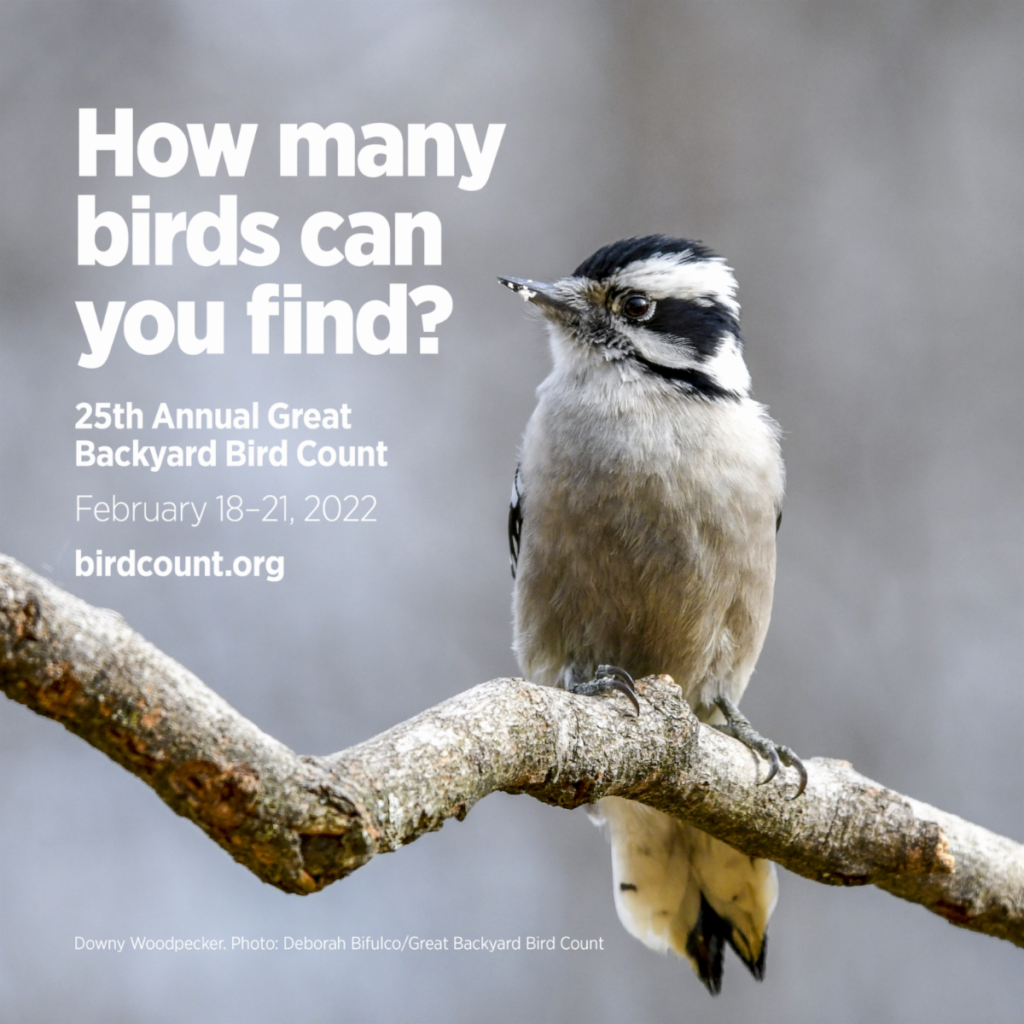
Once again this year, the Wild Bird Store will be offering Mason bee cocoons and we suggest you order your cocoons now to avoid disappointment.
Please visit eventbrite.ca to purchase your cocoons starting February 1 to February 28, 2022.
Price for a box of 12 is $21.00 +GST and fees.
If this is your first time ordering, we recommend you order 3 to 5 boxes.
Because these are livestock, there are no refunds.
The Wild Bird Store carries a complete line of Mason bee supplies for your one-stop shopping

Wednesday April 27, 2022 5:00pm
THIS WILL BE A ZOOM PRESENTATION
Tickets: $15.00 +GST +fee Tickets available at Eventbrite.ca
Ticket must be purchased through Eventbrite.ca and are non-refundable
Mason bee stacking trays: Made of environmentally friendly corn material that stack to create 30 nesting tunnels. Just the right number to start your Mason bee population. The Quicklock nesting trays have matching grooves. When paired and stacked, the trays form nesting tunnels. The stacking design makes cleaning and harvesting a snap. In the fall, simply pop the trays apart and gently slide the cocoons out of the exposed grooves.
Mason bee house: Chalet holds one 30 quick lock tray. Front door opens for easy cleaning and removal. When the door is closed a small hole protects bees from predating Woodpeckers, mice and parasitic wasps.
Condo model available. Holds six quick lock trays. Features a ledge at the top to place cocoon boxes.
Made of cedar and built in Alberta.
We offer a discount if you return your seed bags (sorry—not the Mother Nature bags which we cannot re-use), suet ball containers, if you bring your own container to fill or use a bag from our re-cycle bin. This discount is in addition to any other discount offered.
Write a Google review on your experience at The Wild Bird Store, and as a thank you, we will give you 100 customer loyalty points ($5.00 value). To get a promo code, kindly email info@wildbirdstore.ca
(one Google review per customer)
Earn 200 customer loyalty points ($10.00 value) by referring a friend, acquaintance or fellow birder.
Please visit the store to get a promo code.
No need for a card, just give your phone number. You earn $1.00 for every $20.00 spent (excludes “sales” items, books & optics) and can be used in-store and on Mobile Seed Truck. As a loyalty member our monthly promotions and in-store “specials” are automatically given at the cash register.
Combining our Seniors 10% discount with the Loyalty Program. (Excludes “sales” items, books & optics).
Discount for membership 10% discount for members of Fish Creek Park, AIWC, Priddis Golf Club, Nature Calgary, Sandy Cross Conservation, Springbank Garden Club and Millarville Horticultural Society. Must present valid membership card at time of purchase.
Discount for Military Members & Veterans 10% discount on
purchases in-store or on Mobile Seed Truck (sorry—excludes “sales”
items, books, optics and consignment items)
Options for shopping at the Wild Bird Store

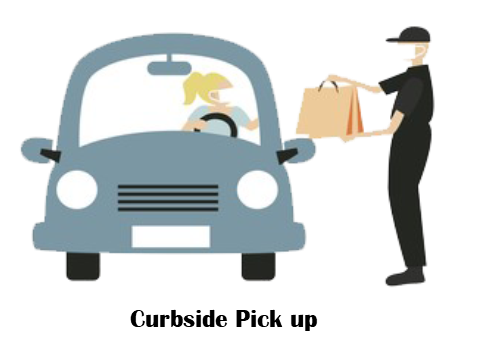
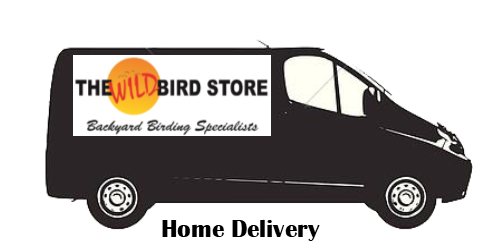

To ensure you get what you want, please have your order in by 5:00pm on Tuesday and we will set it aside for you
Text us @ (403) 701-4571 OR email us at orders@wildbirdstore.ca so we can put your order aside.
Earn and redeem customer loyalty points on
The Bird Seed Truck


DELIVERY: Deliveries will still be made on Thursdays ONLY. Please phone the store at (403) 640-2632 any day prior to 12:00 noon on the Wednesday before your delivery; place and pay for your delivery. Please phone with your order as early as possible to avoid disappointment. If you have any special instructions please do not forget to inform us when you place your order.

All participants on any bird walk must have purchased a ticket through Eventbrite.ca and present the ticket to Jim prior to the bird walk.
The weather plays a big part in bird walks and Jim reminds participants to dress anticipating weather changes and to carry water to keep hydrated.
Saturday, February 5, 2022 PEARCE ESTATES
(9:00am meet at Fish Hatchery 1440 17A Street S.E.)
Ticket price: $6.00 +GST +fees
Ticket must be purchased through Eventbrite.ca — 2022 WBS bird walks
PLEASE NOTE: Proof of vaccination must be presented prior to any bird walk
Face masks must be worn at all times during the walks
Saturday February 19, 2022 BEBO GROVE (Fish Creek Park)
(9:00am meet at south end of 24th Street SW)
Ticket price: $6.00 +GST +fees
Ticket must be purchased through Eventbrite.ca—2022 WBS bird walks
PLEASE NOTE: proof of vaccination must be presented prior to any bird walk
Face masks must be worn at all times during the walks
Saturday March 5, 2022 CARBURN PARK
(9:00am meet in parking lot at 67 Riverpark Drive S.E.)
Ticket price: $6.00 +GST +fees
Ticket must be purchased through Eventbrite.ca—2022 WBS bird walks
PLEASE NOTE: proof of vaccination must be presented prior to any bird walk
Face masks must be worn at all times during the walks
Saturday March 19, 2022 BURNSMEAD (Fish Creek Park)
(9:00am meet in parking lot at 153rd Avenue S.E.)
Ticket price: $6.00 +GST +fees
Ticket must be purchased through Eventbrite.ca—2022 WBS bird walks
PLEASE NOTE: proof of vaccination must be presented prior to any bird walk
Face masks must be worn at all times during the walks
Saturday April 2, 2022 MALLARD POINT (Fish Creek Park)
(9:00am meet at the East end of Canyon Meadows Drive East of Bow Bottom Trail)
Ticket price: $6.00 +GST +fees
Ticket must be purchased through Eventbrite.ca—2022 WBS bird walks
PLEASE NOTE: proof of vaccination must be presented prior to any bird walk
Face masks must be worn at all times during the walks
Starting Wednesday March 16, 2022 at 6:00pm The Wild Bird Store is once again proud to present 5 weeks of extraordinary speakers.
Daniel Arndt:
How and where to find owls in Alberta
Date: Wednesday, March 16, 2022 6:00pm
Tickets must be purchased through Eventbrite.ca and are non-refundable
Daniel’s presentation will be on how and where to find owls in Alberta which will include the do’s and dont’s of watching and photographing owls.
Daniel is a wildlife biologist specializing in wild bird surveys and is a tour operator here in Calgary.
Myrna Pearman:
Appreciating Bird Behaviour
Date: March 23, 2022 6:00pm
Ticket price: $15.00 +GST +fees
Tickets must be purchased through Eventbrite.ca and are non-refundable
Inspired by Jennifer Ackerman’s book, The Genius of Birds, Myrna will be giving a presentation that highlights some fascinating aspects of bird behaviour. Her talk will not only encourage a new appreciation for birds, but it also will help us better understand and marvel at the astonishing intelligence and abilities of our wild avian neighbours. She will focus on Alberta birds, especially the common species that grace our yards and gardens.
Myrna Pearman (retired biologist, a passionate observer of nature and a keen wildlife photographer and a nature columnist)
Jay Ingram:
The First Bird
Wednesday March 30, 2022 6:00pm
Ticket price: $15.00 +GST +fees
Tickets must be purchased through Eventbrite.ca
The fossil animal Archaeopteryx was first identified in the mid 1800s and still, despite competition from a horde of feathered dinosaurs, holds the title of “the first bird”. What does it tell us about the origins of bird flight? How well did it fly? Why have there been so many Archaeopteryx controversies?
Jay Ingram is the former TV host of the Discovery Channel’s Daily Planet and organizer & co-founder of Beakerhead. He is an engaging, provocative speaker who can address complex, scientific issues in non-technical terms.
Andrew Barnes
Purple martin colony in Calgary
Wednesday April 6, 2022 6:00pm
Ticket Price: $15.00 +GST +fees
Tickets must be purchased through Eventbrite.ca and are non-refundable
Andrew Barnes has successfully established a Purple martin house behind his residence in New Brighton here in Calgary. He has put considerable research and effort to have the first successful PUMA colony in Calgary in 80 years and the most southerly one in Alberta.
Chris Fisher
How wild birds have helped our mental health during the Pandemic
Wednesday April 13, 2022 6:00pm
Ticket price: $15.00 +GST +fees
Tickets must be purchase through Eventbrite.ca and are non-refundable
Chris delves into the popularity and importance wild birds have contributed to society’s mental health during these challenging times and will combine the topic with some local birding stories that have helped folks over the past two years.
Chris Fisher the best-selling co-author of popular field guide “Birds of Alberta”, filmmaker and television host shares inspiring storylines that connect audiences with skills that organizations value. Trained as a scientist and travelling the world as a lecturer, Chris explored and investigated universal strategies of success common to individuals, institutions and organizations.

Welcome 2022! Promises of things to come and we cannot wait for Spring. But a birding trip to welcome the New Year did not disappoint. Cold with blowing wind, the winter birds of Alberta were out and about foraging for food. Our list for the day included Snow buntings, Redpolls and Snowy owls. But along the way we discovered so much more—others like us who never miss an opportunity and a day off to go birding. The birding community is a group that loves to share and compare and sometimes you need a little help finding what you have been searching for all day. And it’s a bonus if the people you meet along the way have superior equipment. Such was the case on New Year’s day 2022. We had seen literally hundreds of Snow buntings, flocks of Common and Hoary redpolls, Horned larks but the Snowy owls were being elusive. We did have a sighting of a female, but way in the distance and no way of getting closer, although we tried our best. Digi-scoping sometimes can get you up close and personal, but they have their limitations but with the “never give up attitude” some people have (not naming any names) we finally did confirm a female Snowy.
Travelling down the road we encountered two other vehicles doing “on the move” birding but they weren’t having any success either. Finally we met someone who said a Snowy had been perching on the top of the telephone pole, but when they stopped it flew off and was now perching on a fence post way down the field. We could make out it was indeed a Snowy but wished there was some way to get closer. Along came a Mother and son (Kathy and Seamus) and boy did they have equipment—just what we needed! So with a little help from our fellow birders, we finally got to see a Snowy owl. See a great photo that Seamus took of a Short-eared owl on second to last page of this newsletter.
Funny some of the things you see along the way. This time a coyote moving at a fair clip in a farmer’s field being chased by a border collie and 2 Porcupines sitting in different trees trying to catch the afternoon sun. We do so enjoy our “on the move” birding trips.
So never think for a moment that an extremely cold winter day is not an opportunity to see wild birds—they have to take advantage of every daylight hour to find food to sustain them through the long, cold nights and they don’t really care if you are watching them.
The thought of the upcoming year of birding excites us. Thank you Mother Nature.
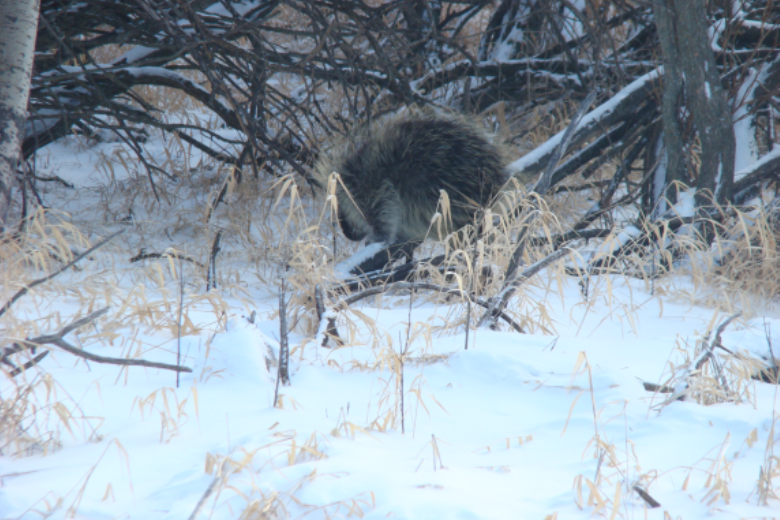
Procupine 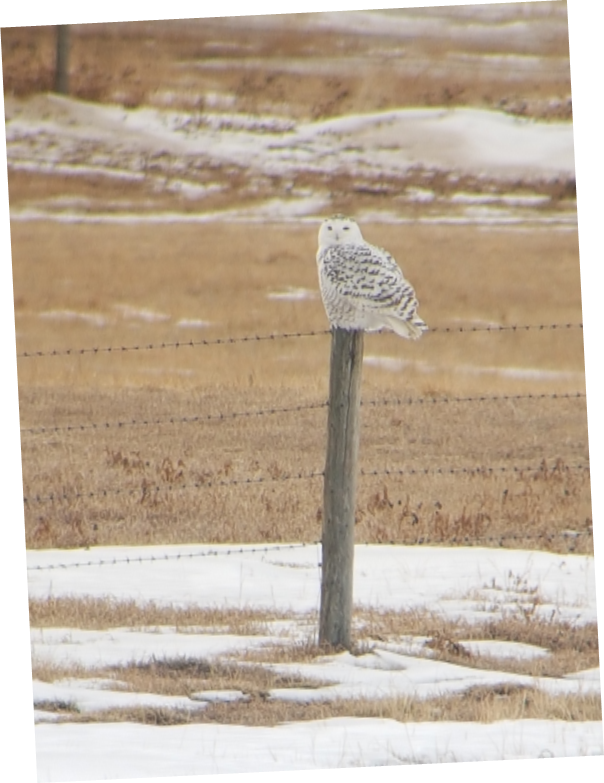
Female Snowy Owl 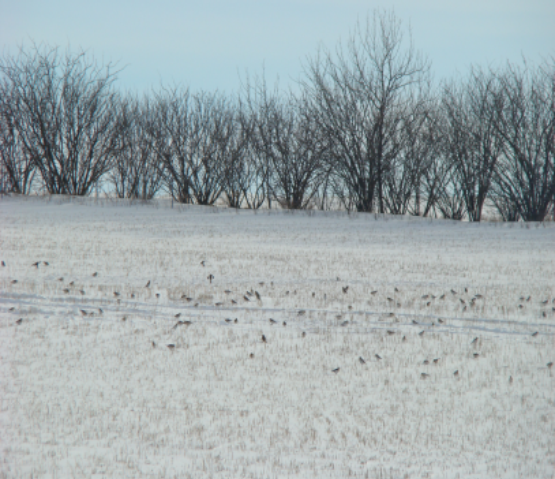
100’s of Snow Buntings 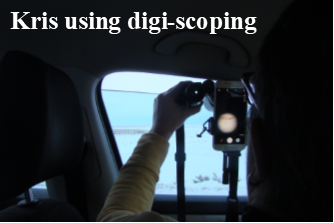
How to use a digi scope!
Question:
Would throwing out lemon rinds be a good way of helping birds to engage in anting behaviour?
Answer:
Before I answer the question about throwing out lemon rinds for anting birds, please allow me to tell folks exactly what we mean by the term “anting”. The term refers to the behaviour of birds when they either hold an ant in their bill and deliberately rub it over their wings and tail or they actually crouch on an anthill and allow the little critters to crawl freely through their feathers. It is apparently quite comical to watch.
And why would they do such a thing? Well, over 200 birds, mostly songbirds, do it, but it has not been studied in any great detail, much to my surprise. Certain kinds of ants do not sting but instead produce chemical secretions such as formic acid to repel attackers.
There are three possible reasons for anting. Since anting is mostly seen in late summer or early fall when birds grow new feathers, some scientists claim that it somehow provides a soothing action for irritated skin. Still others believe that the birds are encouraging the ants to expel their formic acid so that they become edible. And finally, there are those who believe that the ants’ formic acid repels ectoparasites like lice and mites under the feathers. In support of the latter, is the fact that birds sometimes substitute mothballs containing naphthalene, marigold flowers containing pyrethrum, cigarette butts with nicotine, and lemon and lime rinds with caustic chemicals. As for actually tossing out such rinds for the birds to use, I guess I do not see the harm in it …..it might provide some fun entertainment!

David M. Bird is Emeritus Professor of Wildlife Biology and the former Director of the Avian Science and Conservation Centre at McGill University. As a past-president of the Society of Canadian Ornithologists, a former board member with Birds Canada, a Fellow of both the American Ornithological Society and the International Ornithological Union, he has received several awards for his conservation and public education efforts. Dr. Bird is a regular columnist on birds for Bird Watcher’s Digest and Canadian Wildlife magazines and is the author of several books and over 200 peer-reviewed scientific publications. He is the consultant editor for multiple editions of DK Canada’s Birds of Canada, Birds of Eastern Canada, Birds of Western Canada, and Pocket Birds of Canada. To know more about him, visit www.askprofessorbird.com or email david.bird@mcgill.ca.
DONATIONS
Located at The Wild Bird Store (near the seed bins). We collect your cash as well as “wishlist” donations and arrange to deliver them to local wildlife organizations including Calgary Wildlife Rehabilitation, Alberta Institute of Conservation and Ellis Bird Farm.
We ask for your support quarterly for each of these organizations.
For January and,February 2022 your donations will go to:
Calgary Wildlife Rehabilitation Society
Birds & Beers
Is a social get-together open to any interested birders. We meet regularly at the Royal Canadian Legion at 9202 Horton Road SW in Calgary, from 6pm to 9pm. We sometimes have presentations or other activities.
Our next scheduled get-together is on Friday, February 11, 2022. The return of Birds & Beers (if Covid cooperates). Presentation by Dianne and Bob Leonhardt—A Visit to Grasslands National Park.
The current plan is to have monthly meetings through the end of June on Fridays at the Legion.
Visit birdsofcalgary.com
ALBERTA WINTER BIRDS
Short-eared owl
Short-eared owls hunt during daylight (diurnal), flying low over short vegetation. They flap with stiff beats of their rounded wings, giving their flight a buoyant, moth like quality. Natural enemies include many diurnal raptors such as Bald eagle, Northern goshawk, Gyrfalcon, Red-tailed hawk and Snowy owl. Because they nest on the ground, they are vulnerable to mammalian predators such as skunks, dogs, foxes and coyotes, while gulls, ravens and crows steal eggs and small chicks. Collisions with vehicles account for a large number of deaths. They are attracted to the wide open fields of airports and so many are killed by collisions with aircraft.
The Short-eared owl routinely lays a replacement clutch, because of high predation rates.
They occur widely in the Old World, in Iceland, the Hawaiian Islands and North and South America.
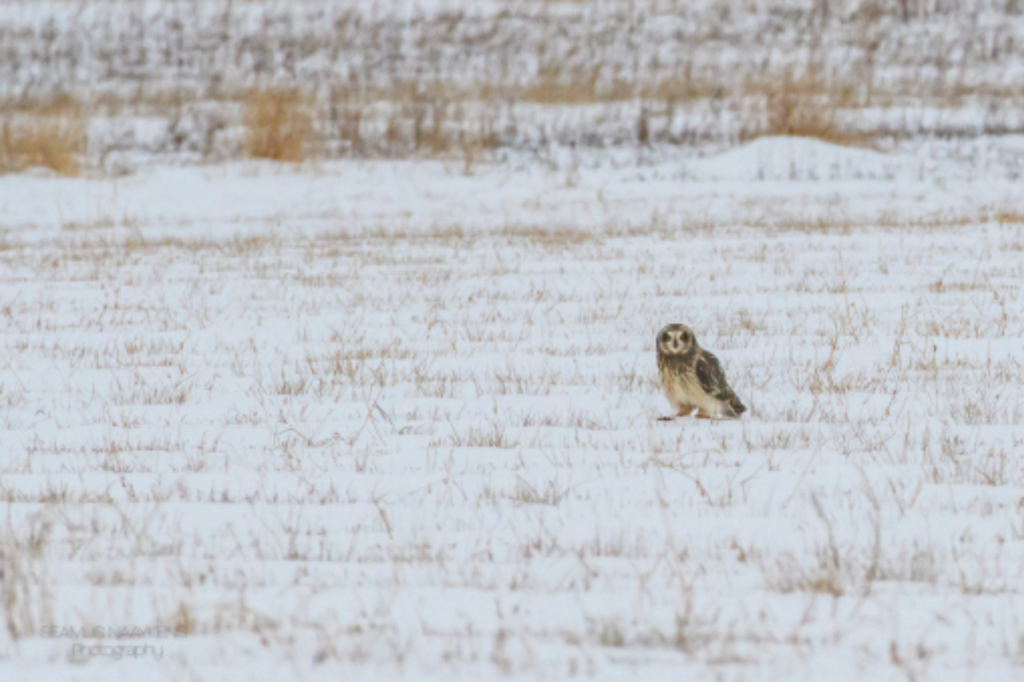

Calgary, AB T2H 1K3 CLOSED Sundays and ALL Statutory holidays for Faith, Family & Friends
Phone: (403)640-2632 Showroom is open with some restrictions. We still offer curbside pick up
Web: wildbirdstore.ca every day and delivery service on Thursdays
email: info@wildbirdstore.ca
FOLLOW US ON:
Facebook @thewildbirdstoreyyc
Twitter @wildbirdstoreyyc
Go to YouTube, type in the search bar “The Wild Bird Store” to watch our videos and to help us become more visible . Be sure to click on “Subscribe” before you leave the page.
